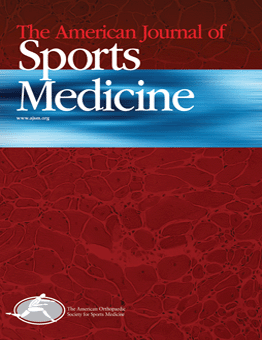
SHOULDER & ELBOW
PRP reduces retear rate post arthroscopic rotator cuff repair, but is not cost-effective
This report has been verified
by one or more authors of the
original publication.
Am J Sports Med. 2015 Dec;43(12):3071-6.
13 randomized controlled trials investigating the effects of platelet-rich plasma (PRP) in reducing re-tear rates post arthroscopic repair of rotator cuff tears were included in this analysis. The study was completed in order to determine if PRP was able to reduce re-tear rates in a cost-effective manner. While findings indicated that PRP reduced the amount of re-tears in small to medium sized tears, this was not true for massive or a combination of all tear sizes. Additionally, the intervention was not found to be cost-effective.
Unlock the full ACE Report
You have access to {0} free articles per month.Click below to unlock and view this {1}
Unlock NowCritical appraisals of the latest, high-impact randomized controlled trials and systematic reviews in orthopaedics
Access to OrthoEvidence podcast content, including collaborations with the Journal of Bone and Joint Surgery, interviews with internationally recognized surgeons, and roundtable discussions on orthopaedic news and topics
Subscription to The Pulse, a twice-weekly evidence-based newsletter designed to help you make better clinical decisions
Exclusive access to original content articles, including in-house systematic reviews, and articles on health research methods and hot orthopaedic topics
Or upgrade today and gain access to all OrthoEvidence content for just $1.99 per week.
Already have an account? Log in


Subscribe to "The Pulse"
Evidence-Based Orthopaedics direct to your inbox.
{0} of {1} free articles
Become an OrthoEvidence Premium Member. Expand your perspective with high-quality evidence.
Upgrade Now













































































